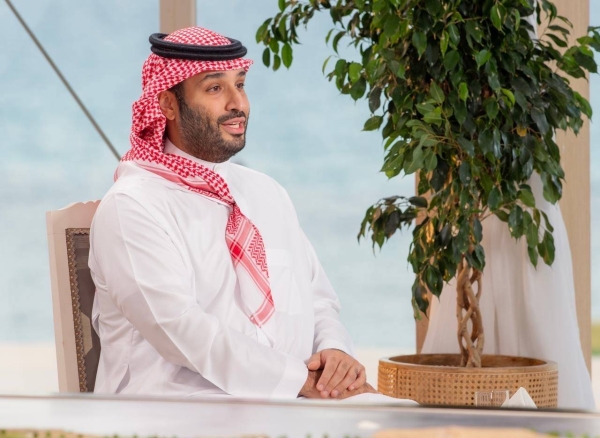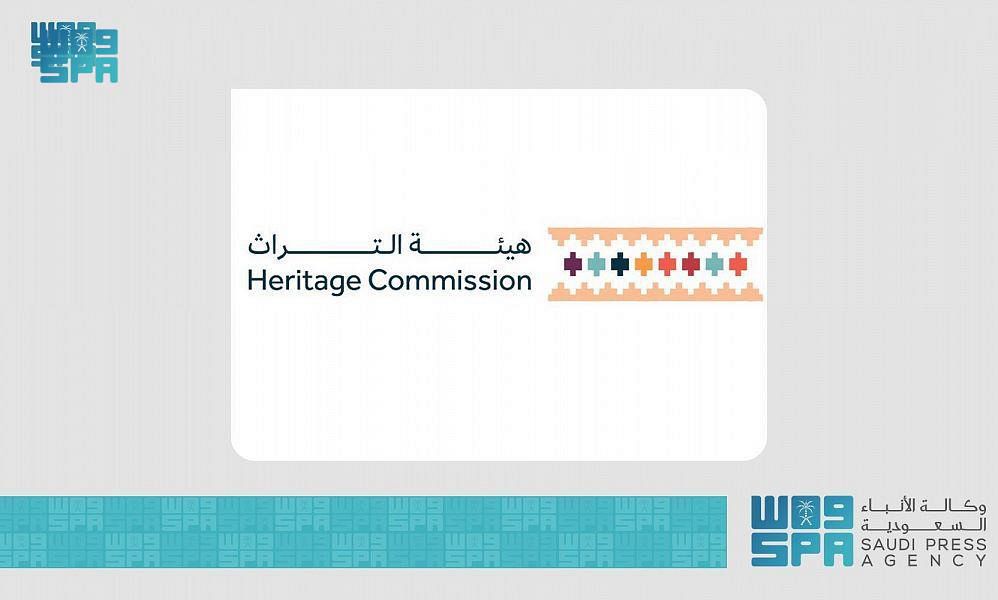
JEDDAH: Public spaces express the culture and identity of a city’s inhabitants, regardless of their backgrounds. Be it in Saudi Arabia or France or Russia, cities are shaped by collective identities, shared memories, cultures and histories.
The world’s most famous public places tell stories that influenced the social and political life of their cities, such as the Concorde Square in Paris, St Mark’s in Venice, Trafalgar Square in London, Times Square in New York and Moscow’s Red Square. All have now become social platforms with cultural connotations.
Similarly, public spaces in Saudi Arabia have become areas of popular interaction. Riyadh’s Al-Masmak Square and Jeddah’s Al-Balad are two places where residents meet during holidays or to enjoy programs organized by government agencies.
These activities have contributed to increasing social interaction in Saudi society and have incentivized new economic projects. It is in this spirit that two Saudi government ministries agreed in July to join forces in a bid to preserve key historical and cultural landmarks in the Kingdom. The Ministry of Municipal and Rural Affairs and the Ministry of Culture signed a memorandum of understanding (MoU) and a strategic partnership to improve the Kingdom’s urban landscapes.
According to the Ministry of Culture, the MoU will have an impact on the shape of public places in Saudi cities. It will ensure that all components of urban landscape, including streets, squares, fields and parks, reflect the Kingdom’s identity.
The MoU envisions the restoration of historical buildings, developing a building classification program, enhancing the culture sector and establishing a specialized team to oversee the aesthetics of artworks and statues in public places.
The classification program will lay the groundwork for registering buildings. Buildings with historical value regardless of age stand to benefit from the new program.
Projects are under way to reconstruct Ad Diriyah, Saudi Arabia’s old center of government. (Shutterstock)
Up until now, the practice has been to demolish non-ancient buildings simply because it was permitted under the law. The classification program aims to do away with random demolitions, and focus on preserving buildings to give them social and historical value.
A separate joint working group will handle all cultural issues and pass on recommendations to the relevant authorities. Joint committees will be established to support collaborative work between the two ministerial bodies.
Separately, the Saudi Commission for Tourism and Cultural Heritage has delivered several urban heritage projects. They include protecting and registering heritage buildings, raising awareness, rehabilitating urban sites, training the sector’s workforce, providing technical support to building owners and creating partnerships with governmental and private-sector entities.
This step is driven by Vision 2030’s recognition of the importance of preserving the Kingdom’s sophisticated heritage in order to “promote national unity and consolidate true Islamic and Arab values.”
People come first, says Razan Tariq Sijeeni, a graphic artist and scholar interested in culture and identity studies. The efforts of governmental entities are necessary because preserving urban history is key to creating a sense of belonging, she told Arab News.FAST FACTS
Vision 2030 aims to make Saudi Arabia an attractive tourist destination.
Government is promoting national unity and identity through the Kingdoms sophisticated heritage.
Projects include establishment of museums and creation of heritage sites.
More heritage sites being included in National Antiquities Register; villages and traditional towns being restored to receive visitors.
Economic and hospitality activities operated by local people encouraged.
“But what it is also important is to facilitate the place to serve the people living in that area,” she said.
Sijeeni, a Harvard University graduate and lecturer of graphic design in the College of Arts and Design at Jeddah University, said the most important factor is local inhabitants. She said that they have to be involved in the development process in order to preserve the urban historic fabric of the city.
Speaking about Al-Balad in Jeddah, Sijeeni said a common problem could potentially crop up in Saudi Arabia as a result of the regeneration of old areas. “Most of the people who are living and working in those areas now are either poor or undocumented,” she said.
“What happens everywhere in the world is when the government decides to preserve an urban area, they add facilities, which makes prices go up. As a result, people of the area can no longer afford it, so they find themselves forced to leave. Soho in New York is an example of this trend.”
Sejeeni said communication between the public and the authorities in charge of a project would help achieve better results.
Furthermore, Sejeeni said, “when we first modernized our cities after the oil revolution, we depended on foreign experts who did not understand the social patterns and fabrics of the country. One could argue that implementing urban plans should be for the people, not on the people, which had its impact on the society, though not necessarily negatively since it is just the way of development.
“However, the rapid changes caused a shock to society and pushed people to create a romantic image of the past.”
Sejeeni said it is necessary to preserve the diversity of the Saudi identity as it is what unites us.
Batha district in Riyadh. (Shutterstock)
“It is now time to depend on local expertise,” she said. “We need to focus on the locals to build something for us.”
In his 1995 book, “Great Streets,” American urban designer Allan Jacobs said: “The best streets are those than can be remembered. They leave strong, long, continuing positive impressions. Thinking of a city, including one’s own, one might well think of a particular street and have a desire to be there. Such a street can be memorable.”
Urban memory plays an essential role in building the individual’s identity and sense of belonging to the place, its profound psychological and social impact gives it a critical value.
Dr. Yasser El-Sheshtawy is an independent scholar, researcher and writer who spent over 20 years of his life in the Gulf region as a professor of architecture. According to him, “at its most basic level, national identity means people having a clear sense of themselves, who they are, what their role is in the world and whether their country has a clear and articulated vision of itself.”
An important condition for the proper articulation of a national identity is a “connection to the land” or “attachment to place,” he told Arab News.
“This means that people feel connected to the city they live in and that it reflects their aspirations and dreams.”
But how can attachment to place be created? El-Sheshtawy believes that “attachment to place comes about by having a built environment that incorporates the past and the present, where old buildings are not just demolished haphazardly but where structures are preserved and kept based on a process that incorporates the role they play in contemporary society and the extent to which they serve people’s needs.”
Riyadh’s Al-Masmak Square. (Shutterstock)
He said old landmarks are not there to simply admire visually but play an important social role. “In such a society and city, a strong sense of national identity can come about because people will feel that this is about them,” he said.
A perfect city is one where the different aspects of its history are revealed and where aspirations of being part of the modernizing world are fostered. El-Sheshtawy calls this “the concept of ‘urban palimpsest,’ where there is a mix of different layers, new and old, which exist in a kind of dynamic relationship. Like a manuscript where things are erased and written over, but always some traces remain.”
Urban memory provides a continuation of people’s traditions through which young generations can see how their city developed. This is typically achieved through a process of preservation in which old structures are reconstituted as museums or heritage centers. And if these old buildings have been entirely removed, they are sometimes rebuilt imitating their prior shape.
El-Sheshtawy said the pattern is common in many cities in the Gulf, where old places were redeveloped to be open air museums for visitors to experience the past. “Similarly in Riyadh, there are currently efforts in the Qasr Al-Hokm area to develop the old market and to reconstruct Ad Diriyah, the city’s old center of government.”
While such an approach is important to preserve the past, there is a danger that some of these places “will turn into a fossilized version of the past — in the sense that they are not integrated into the city’s everyday life and are treated more like an urban curiosity to be visited on special occasions,” El-Sheshtawy added.
Another effort should be directed to searching for and upgrading buildings, structures and markets that still serving a function in society “in a way so that they continue to be an important part of the city.”
For example, the old markets of Batha and Deira in Riyadh and the Qasr Al-Hokm area are “a good example of a project that architecturally alludes to the past and its traditions while also integrating with the city’s contemporary and daily life.”
According to El-Sheshtawy, these areas can encompass a diverse chronological range. “Old Riyadh contains many structures and buildings from the 1960s and 70s that could be preserved as they tell an important story of the city’s growth — they may not look remarkable but are nevertheless part of a nation’s story and its identity.”
Yet there is a danger to look at anything built in the last two or three decades with nostalgia and thus seek to keep things as they are. “A fetishization of the past, that seeks to keep society and cities in a frozen state,” is how El-Sheshtawy describes it. “A dynamic society should look forward. Old buildings that no longer serve a specific purpose or are in a state of deterioration can be replaced.”












